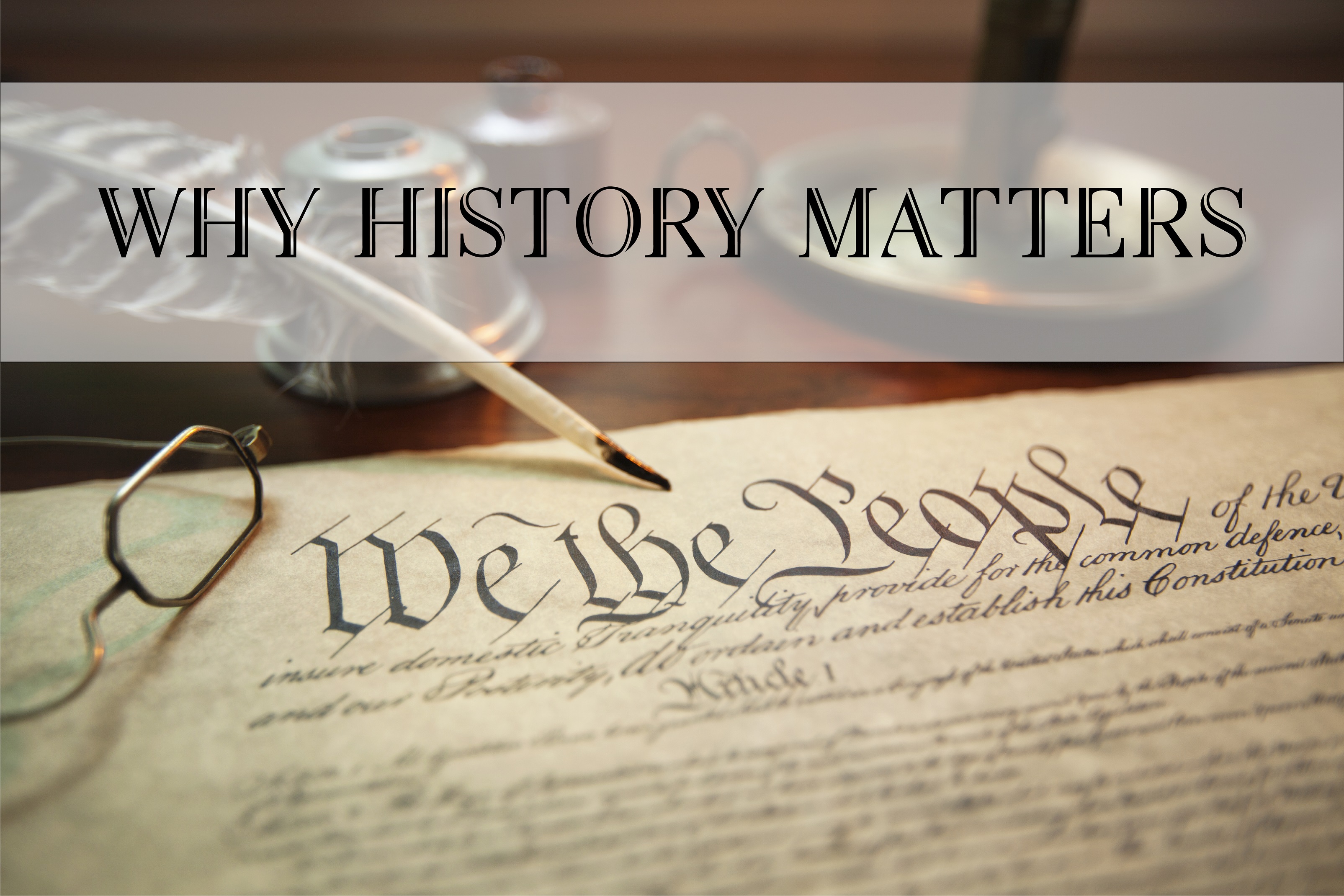I have never been one for revisionism. In fact, as a historian I firmly place myself on the side of tradition, much to the dismay of many of my contemporaries in the Academy. And by Academy, I mean the collective of history and social science teachers, in schools and colleges, who teach students about our noble tradition. And it is a noble tradition, in spite of the fact that our history includes men and women who did and believed truly horrible things.
Just mention names like Adolf Hitler or Josef Stalin and images of betrayal, murder, pillage, and destruction probably come to mind. For these, and others like them, we often add other adjectives or names, lunatic, traitor, monster, devil, evil, and so on. In most, if not all, cases, the adjectives are true. Hitler was evil incarnate who murdered six million Jews and millions of other non-Jews. He was also known, however, for bringing Germany out of a crippling depression caused by failed policies of the post-war Weimar Republic, and, perhaps more importantly, for his prolific rhetorical skills that hypnotized everyone, including world leaders, clergy, professors and children. Josef Stalin, too, was a monster, a murderer, and a lunatic who ordered the mass-starvation (Holodomor) of Ukrainians. Unlike Hitler, though, he was honored by the west at the time and was called Uncle Joe, an epithet given not by the Russian people but by Winston Churchill and Franklin Roosevelt! In short, a person or an event is never reducible to one or two considerations.
It is very easy to label men like Hitler or Stalin in very vivid terms and let the images speak for themselves. But herein lies the problem faced by teachers and students today who are often confused when presented with complex histories. Is it permissible to recognize the good someone has done while also recognizing the evil they represent? Should not these facts be suppressed since knowing them might actually cause someone to praise them? If you suppress them, can you actually understand the full effect they have had?
Take the following statement: All Nazis were bad. A true enough statement, especially when one looks at the history of the 1930’s and 40’s. Surely everyone knows the Nazis were bad, but were all Nazis bad? This is a legitimate question which German historians ask every day. The answer, of course, should be no, not all Nazis were bad simply because they were Nazis.
Take, for instance, the names of von Stauffenberg, von Moltke, von Haeften, Schultz, and others. Each man was a member of the Nazi party, wore the swastika, marched to Deutschland Uber Alles, burned books, embraced and spoke much of the anti-Semitic rhetoric of the day, and believed in Hitler’s Germanic third empire. Without question, they represented various facets of Hitler’s murderous regime and ideology. However, there came a point when the rhetoric soured and each man was left with a moral dilemma. For some, this realization came early in the Nazi regime, for others not until later in the war. When it did occur, each took a stand in defense of something true, and each, in their own way, gave their life for something noble. Like the ancient hero Aeneas whose aristeia came only after a long nadir on the shoreline, these men did the right thing, albeit, long after many years of doing nothing. In short, these men did noble and courageous things in spite of their wrongly held beliefs. They should not be simply ignored or dismissed as bad because they initially believed or thought things morally repugnant.
Currents existing in academia today relegate stories such as these to the fringes of the historical narrative. What people thought, said, or did early, or even late in their lives is given more credence than the one act by which they forever changed the face of history. In essence, this is a new iconoclasm in which history is being destroyed simply because the narrative is made of imperfect individuals. Students should be taught that such motives are disingenuous at best.
Monuments can stand for a recognition of someone’s virtue, a warning against vice, or a combination of the two. They can represent heroes or villains, depending upon who is in charge. They can also serve as a reminder of something so heinous it would be an injustice to forget it. For me, the danger is not so much in the correcting of history, as when new materials, developments, and data suggests that prior conclusions either fell short or were wrong about a long held “fact” of history; but, rather, in the changing of history by which the historical narrative is eliminated in favor of current mores and political platforms.
As teachers of history, our duty, first and foremost, is to our students who deserve to know all of the good, bad, and ugly of history as it was, not as it was not. We do a disservice to students when we cut and paste the narrative of history to align it with the six o’clock news. We must stand firm and teach children the dangers of power-washing the historical narrative. Students must learn how to deal with information which presents two different aspects of the same person or event. They must recognize the flaws of heroes as well as strengths of villains. They must learn to engage a conversation even when they are offended. How, for instance, do we reconcile the sometimes competing narratives or history? We present the truth about the person or event and allow students to use their reason to reconcile problems. If we want students who are productive, responsible and courteous members of society who can participate in dialogue we need to teach them, in school, how to engage difficult concepts without losing their faculties.
The answer is not simply to tear down monuments or change the story. Students must understand why the monument was there in the first place and then seek to understand its relevance, or lack thereof today. This, as Aristotle noted, is the mark of an educated mind—to be able to entertain a thought without accepting it.
Of course, this does not mean that we should be insensitive to legitimate concerns from students, parents, and colleagues about the, oftentimes, genuine controversy surrounding such topics. As long as human action is dictated by the human condition, history will be full of controversy. But such controversy should make us look closer at history, ensuring we are better able to inform ourselves, our students, and our families about what really happened.
Our world is more divided today than ever before, but that does not mean we have to be divided in our quest for understanding. It is our job as teachers to unify students and to seek from each their noble contribution so essential to making our world a beautiful place. History matters and historical knowledge is more important today than it ever has been. If we teach students to love truth and virtue above all else, they will be able to judge when something from history is noble, good, and beautiful and when it is not. They will not simply tear down walls when topics get difficult. They will build bridges of understanding based upon virtue, wisdom and charity.

John Heitzenrater has twelve years in education serving as a teacher, headmaster and K-12 history director.
![]()




